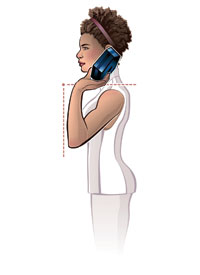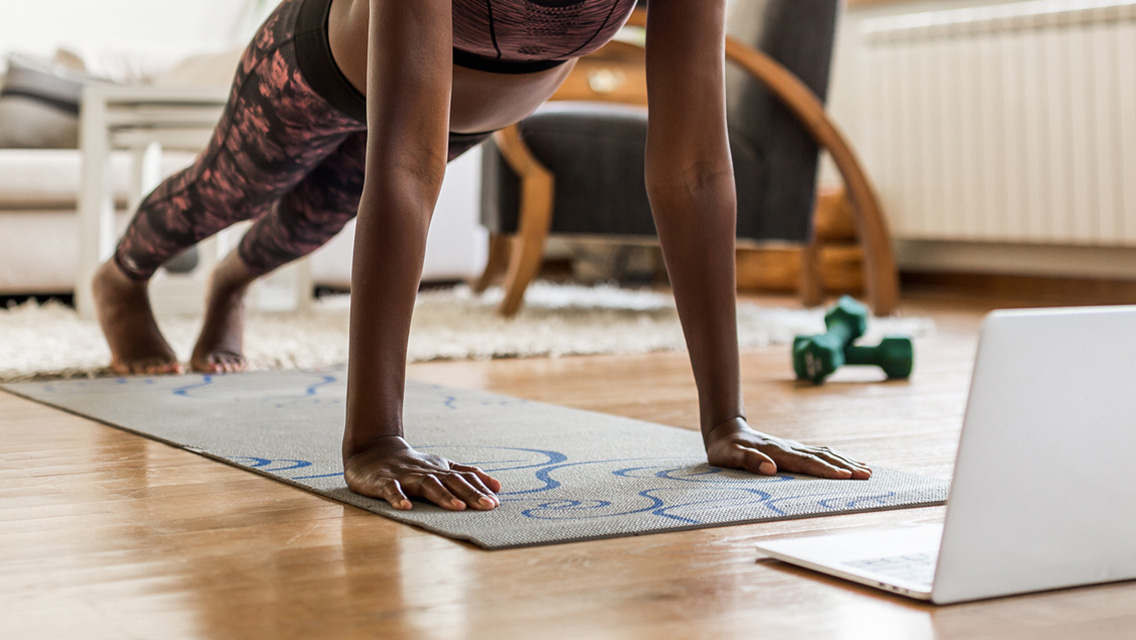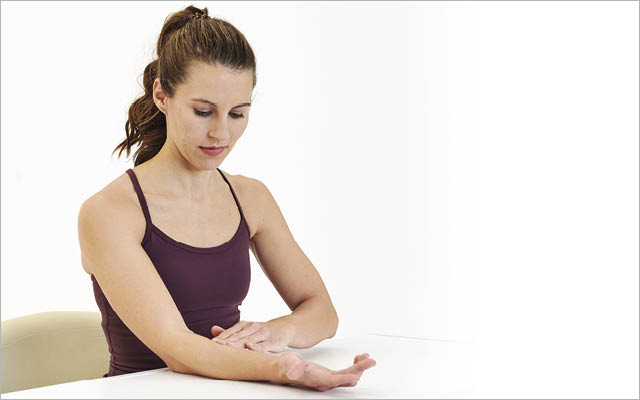Your wrists probably aren’t high on your list of body parts to stretch postworkout, but poor wrist flexibility can cause pain and interfere with being able to do key exercises, including cleans, front squats, planks, pushups, barbell overhead presses and dips. Adam T. Glass, chief trainer at Movement Minneapolis and competitive grip athlete works with his clients to develop a full, healthy range of motion in the hands and wrists. His first step is assessment.
10-Second Wrist Test
While standing, let your arms hang down at your sides, thumbs forward and fingers straight. Then check these two movements on each arm.
- Flexion: Bending only from the wrist and keeping your hand flat, move your fingertips toward your body. A typical range of motion is near 90 degrees.
- Extension: Keeping your fingers straight, bend your wrist straight outward from your body. Once again, the typical range of motion is near 90 degrees.
If you already possess good range of mobility, you don’t need to bother with stretching. For many people, though, extension is an issue, which can negatively affect every exercise mentioned above. If you have room for improvement, start by moving your wrists through their full range of motion a few times a day, gently helping them into position. It is, however, possible to overstretch the connective tissues of the wrist and destabilize the joint if you stretch too aggressively, says Glass, so ease into it.
He also suggests doing the old-time circus strongman exercise below — “not as boring as a simple stretch!” — which will develop strength in the extension and flexion patterns, increase wrist mobility, add muscle to your forearms, and dramatically improve your grip strength.
Plate-Pinch Reverse Curls


• Grasp the edges of two small weight plates (2.5 to 10 pounds) with a pinch grip, where your fingers are on one side and your thumb is on the other. (The pinch grip will be taxing on the thumb, so make sure to clamp down tightly.)
• Rotate your hand so your knuckles face forward.
• Initiate the movement by extending the wrist backward, then perform a biceps curl, keeping the knuckles facing the shoulder. Continue to extend the wrist backward throughout the movement.
• Slowly lower your forearm and repeat until you slow down or experience excessive tension in your arm. (That’s a set.)Don’t force the movement.
• For most people, three to five sets will be plenty. Advanced trainees can work up to eight to 10 sets.





This Post Has 0 Comments